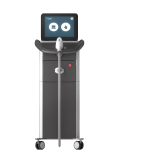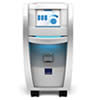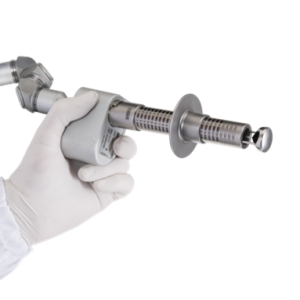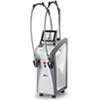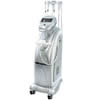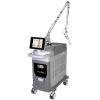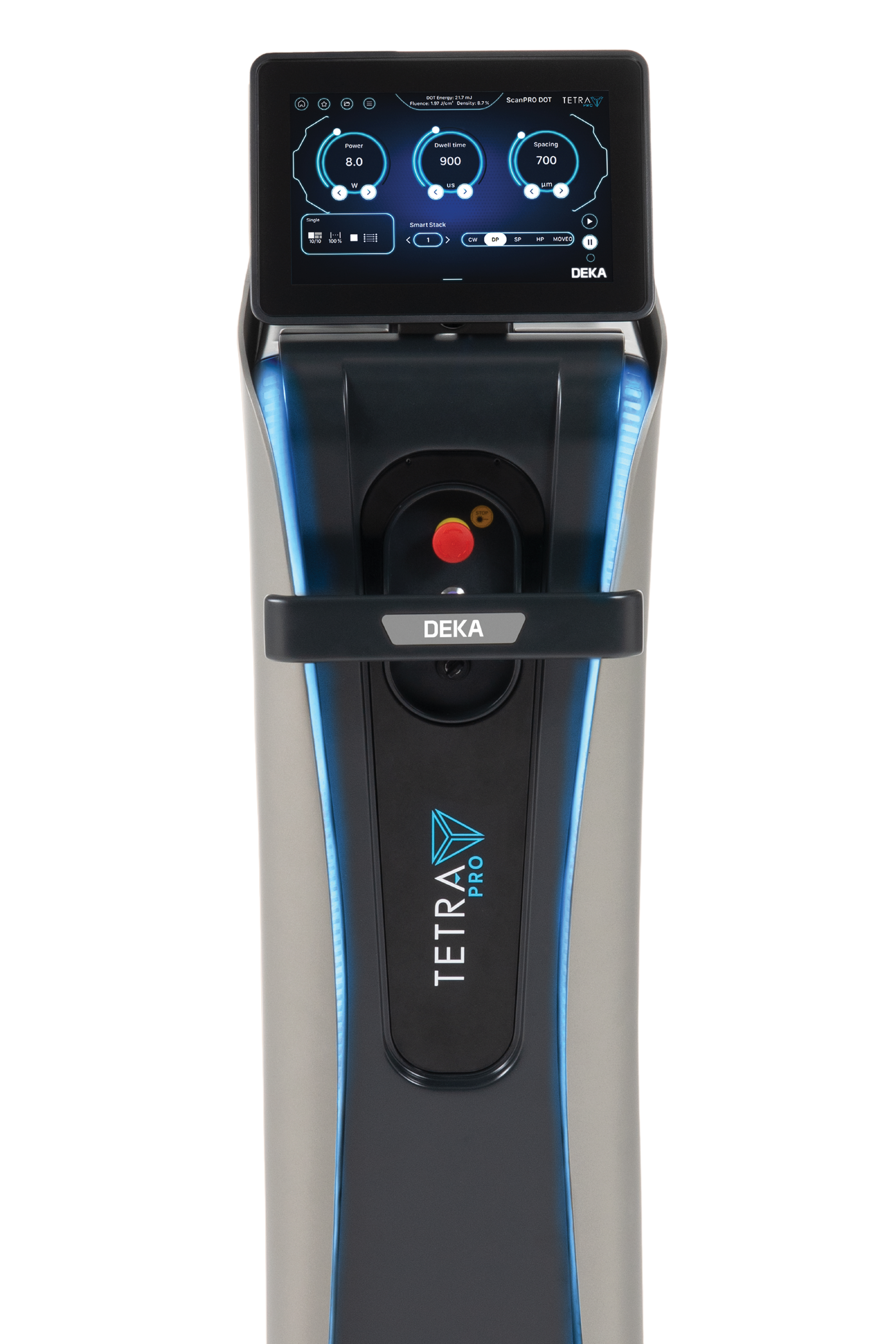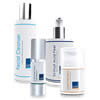Q-Switched Lasers use very short but high-energy pulses, typically only a nano-second long. This creates a photomechanical effect on the skin. Q-Switched Lasers are perfect for treating tattoos and pigmentation. The short but high energy pulses cause rapid heating, generating a shockwave that breaks down the pigment.
Active Q-Switched Lasers vs Passive Q-Switched Lasers
Not all Q-Switched Lasers are the same. Q-Switched Lasers are split into two categories: Active and Passive. Both generate pulses very differently.
While Active Q-Switched Lasers such as the Synchro QS4 are the gold-standard for tattoo removal, passive Q-switched Lasers such as the Luminette Q offer highly effective tattoo fading, perfect for a cover-up.
Passive Q-Switched Lasers are also used in the conservation industry for laser cleaning, as the laser breaks down dirt and grime while leaving the object of interest unmarked. Lynton Conservation Q-switched Lasers are used worldwide, including having been used for cleaning statues in the Vatican City.
Both types of Q-switched Lasers are also capable of effectively breaking down pigmentation in the skin, leaving it to be removed by the immune system.
Find out more about Lynton’s Q-Switched Laser machines below.



